Library as Safe Haven
ALA Neal-Schuman purchases fund advocacy, awareness,
and accreditation programs for library professionals worldwide.

2014 by the American Library Association. Any claim of copyright is subject to applicable limitations and exceptions, such as rights of fair use and library copying pursuant to Sections 107 and 108 of the U.S. Copyright Act. No copyright is claimed for content in the public domain, such as works of the U.S. government.
Printed in the United States of America
18 17 16 15 14 5 4 3 2 1
Extensive effort has gone into ensuring the reliability of the information in this book; however, the publisher makes no warranty, express or implied, with respect to the material contained herein.
ISBNs: 978-1-55570-913-6 (paper); 978-1-55570-949-5 (PDF); 978-1-55570-973-0 (ePub); 978-1-55570-974-7 (Kindle).
Library of Congress Cataloging-in-Publication Data
Halsted, Deborah D.
Library as safe haven : disaster planning, response, and recovery : a how-to-do-it manual for librarians / Deborah D. Halsted, Shari Clifton, Daniel T. Wilson. First edition.
pages cm
Includes bibliographical references and index.
ISBN 978-1-55570-913-6 (alk. paper)
1. LibrariesSafety measuresHandbooks, manuals, etc. 2. Library materialsConservation and restorationHandbooks, manuals, etc. 3. Emergency managementHandbooks, manuals, etc. 4. Library planningHandbooks, manuals, etc. I. Clifton, Shari. II. Wilson, Daniel T. III. Title. IV. Title: Disaster planning, response, and recovery : a how-to-do-it manual for librarians.
Z679.7.H355 2014
025.84dc23
2014004669
 This paper meets the requirements of ANSI/NISO Z39.48-1992 (Permanence of Paper).
This paper meets the requirements of ANSI/NISO Z39.48-1992 (Permanence of Paper).
Preface
Since Hurricane Katrina devastated the Gulf Coast, librarians have become more involved with disaster preparedness and response activities in their communities and parent institutions. As library networks and associations, such as the National Network of Libraries of Medicine (NN/LM), the Medical Library Association (MLA), and the American Library Association (ALA), promote greater awareness and create training programs and resources, and as legislation, such as the Stafford Act, affirms the value of libraries in disaster response, much progress has been made. Still, many opportunities and roles continue to be underutilized or unexplored.
Library as Safe Haven: Disaster Planning, Response, and Recovery offers the reader a guide for exploring opportunities and developing new roles. Utilizing a model that focuses on continuity of core resources and services while enhancing the librarys role through partnering with emergency planners, it is designed primarily for libraries; however, the content and resources contained within can easily be adapted to any business or agency in search of a well-structured approach to readiness and disaster response.
Organization of This Book
The first step in any disaster or Continuity of Operations (COOP) plan is that of risk assessment. ) offers a valuable vulnerability model that can be adapted to any geographic location.
begins the discussion on how to respond to threats, especially emphasizing the importance of having trained staff on-site anytime the library is open. The ability to respond to threats must be based on knowledge of how to respond to specific threats that are identified in the results of the risk assessment conducted in the first step of disaster planning. This chapter also offers readers advice on designing drills to match the potential threats for a particular geographic area.
is designed to provide a background and structure for three important elements of disaster planning, including on-site planning, off-site planning, and obtaining outside assistance. Gaining knowledge of these three elements is essential in disaster planning and requires accurate documentation and diligent updating. It is important to be self-sufficient so that the library can respond effectively to small disasters, but, in the case of a major event, it is equally important to have plans in place to seek outside assistance from the parent institution, community, state, or even federal government.
Writing a complete disaster plan is initially a time-consuming task and becomes even more so with the necessary constant updating. Few library managers have time to devote to these tasks. Therefore, offers advice on a valuable plan adapted from a model created by the Council of State Archivists (CoSA), which makes developing and maintaining disaster and COOP planning much easier. This template is not copyrighted (CoSA just asks for everyone to acknowledge its authorship) and is adaptable to any size institution. The plan conveniently folds into a size that will fit any wallet so that it is easily accessible from anywhere. The plan can also be loaded onto a mobile device, which makes it even more portable. If a librarian is not able to create an extensive disaster plan, the CoSA template offers an excellent alternative.
It is clear that mobile technologies and social media have become ubiquitous in all aspects of todays society. While these applications have been used for many things, especially instant connectivity with large groups of people, it is easy to see how they can also be used in disaster planning. offers important tips on how to utilize social media and mobile technologies for a variety of devices and smartphones. The availability and use of these devices support the integration of a whole community approach, which is similar to the 1980s concept of It takes a village.
When a disaster strikes there is a great need for all staff to be available to assist with the response. Unfortunately, key staff may not be present because of the impact of the disaster at home. This means that, as part of the librarys disaster planning, it is vital to ensure that staff members also have personal plans in place. offers advice on creating a family disaster kit and how to respond to specific types of disasters. It also includes valuable vignettes from librarians who have experienced widespread disasters and how these disasters affected library services. Embedded in these stories is the common theme that librarians are dedicated to the library and to the continuity of services.
offers librarians a number of possible alternatives for standard library services. With preplanning and some specialized training, librarians can be in advantageous positions to prove their worth by stepping in and doing things that are not normally considered standard. Many of these tasks are just a slight deviation from what librarians already do, especially in the case of information dissemination. Additionally, through National Incident Management System, Incident Command System, and Community Emergency Response Team training, librarians can increase their role in community response to any event.
There are two basic categories of disasters, those which allow time for preplanning, such as a hurricane, and those which strike without notice, such as an earthquake. offers the reader fictional scenarios about how a library can plan for and respond to both an expected disaster and one that strikes without notice. As is mentioned in the chapter title, these scenarios highlight interagency cooperation. Librarians offer valuable knowledge and resources that not only can help restore library services but also can be a vital key in community response and recovery.
The book closes with an appendix that is rich with resources to help librarians through all stages of a disasterbefore, during, and after. The websites focus on nonprofit, commercial, and government resources and on resources that support mobile technologies.
Next page
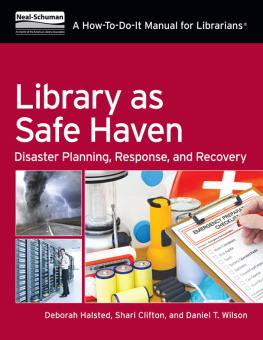
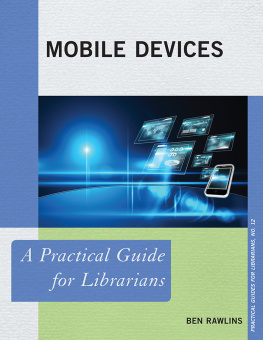
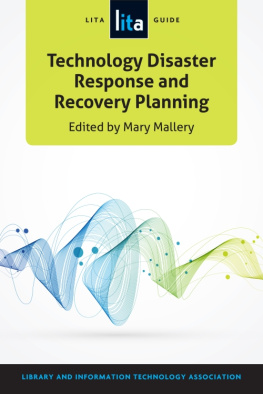
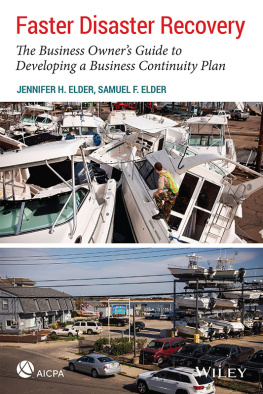
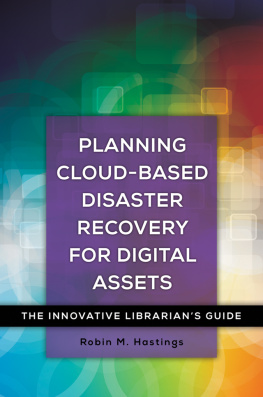
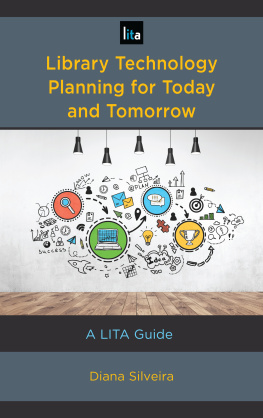


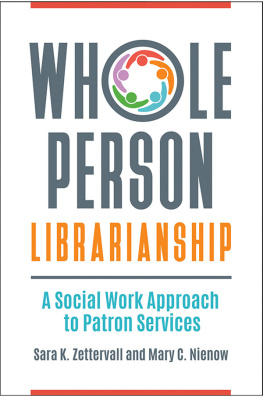
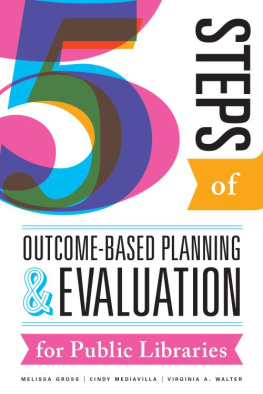
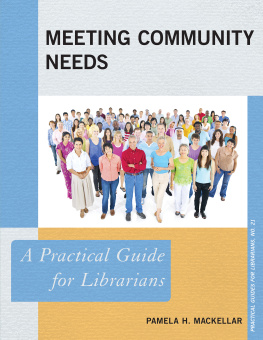

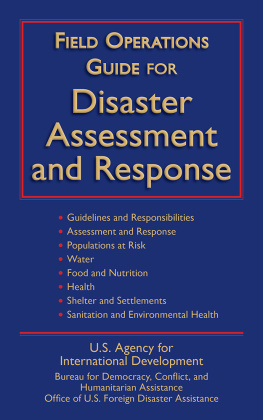

 This paper meets the requirements of ANSI/NISO Z39.48-1992 (Permanence of Paper).
This paper meets the requirements of ANSI/NISO Z39.48-1992 (Permanence of Paper).